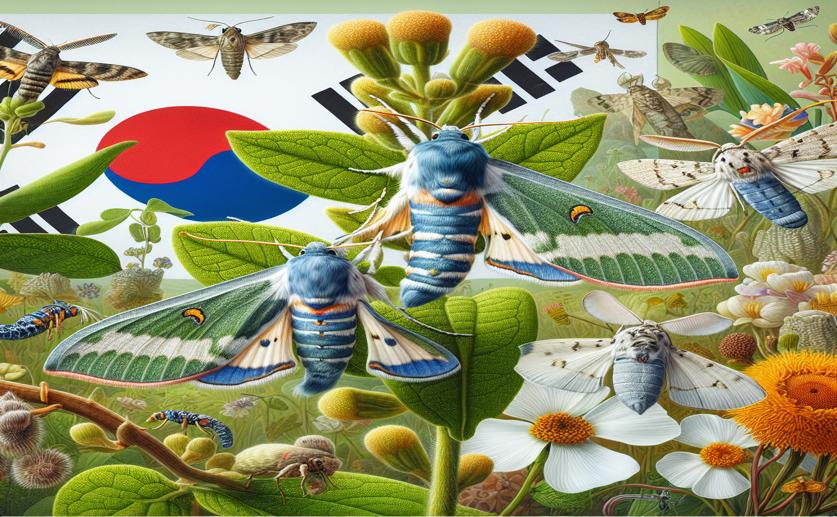
Discovering New Species: A Look at South Korea's Leaf-Mining Moths
David Palenski
5th January, 2024

Image Source: Natural Science News, 2024
References
Main Study
1) The checklist of leaf-mining moths Phyllonorycter Hbner (Lepidoptera: Gracillariidae) of Korea with description of two new species and nine newly recorded species.
Published 5th January, 2024
https://doi.org/10.11646/zootaxa.5397.3.5



 13th December, 2023 | Phil Stevens
13th December, 2023 | Phil Stevens